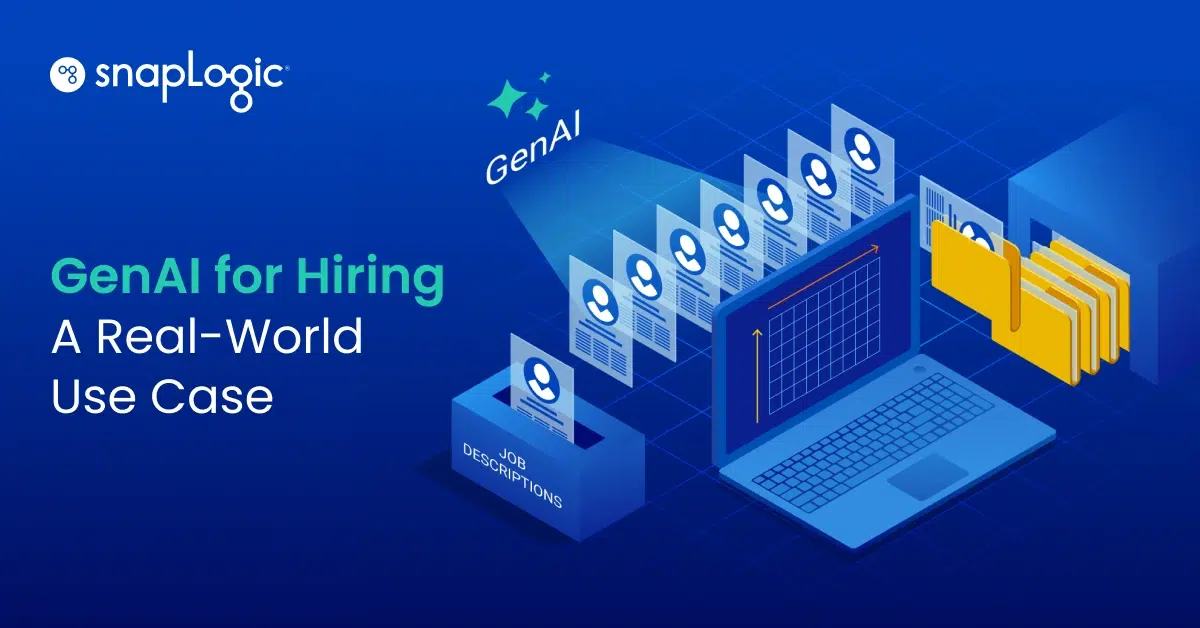We all know RPA (robotic process automation) as the popular technology capability that seems to have become the poster child for all automation technologies. But RPA represents just a small portion of the automation workbench that also includes intelligent integration, low-code app development, and DPA (digital process automation), which I recently discussed with an industry analyst.
While people are using tools like RPA and low-code app development platforms, they are building new automations that help eliminate rote, repetitive tasks and speed up time to value. We believe that integration is playing a crucial role in this evolution of enterprise automation as the expanding landscape of applications, systems, and processes needs to have access to the right data and information that is often siloed in disparate systems or warehouses — and that’s where our Intelligent Integration Platform comes in.

But many people who have been in the industry for a while may be asking themselves: isn’t this something the BPM (business process management) industry has been trying to solve for years? And I’ve learned that the answer is yes, but that industry was hamstrung by a lack of technological innovation. Legacy BPM tools were complex to use, lacked AI and ML to provide better guidance for their users, and were on-premises making them difficult to integrate with other systems without a lot of developer support. Now that the cloud and AI and ML capabilities have advanced to eliminate a lot of those barriers, the old BPM market is being replaced by vendors that focus on rapid development, fast realization of value, and deep participation from business stakeholders. These new low-code BPM vendors like Nintex, AgilePoint, and K2 are now known as DPA vendors and focus on driving up adoption and value through lower cost and complexity.
It’s yet to be seen if these new DPA tools will rival RPA or even low-code app development tools in the automation zeitgeist. But we do see this as another complementary technology to integration as companies build out their enterprise automation framework.










